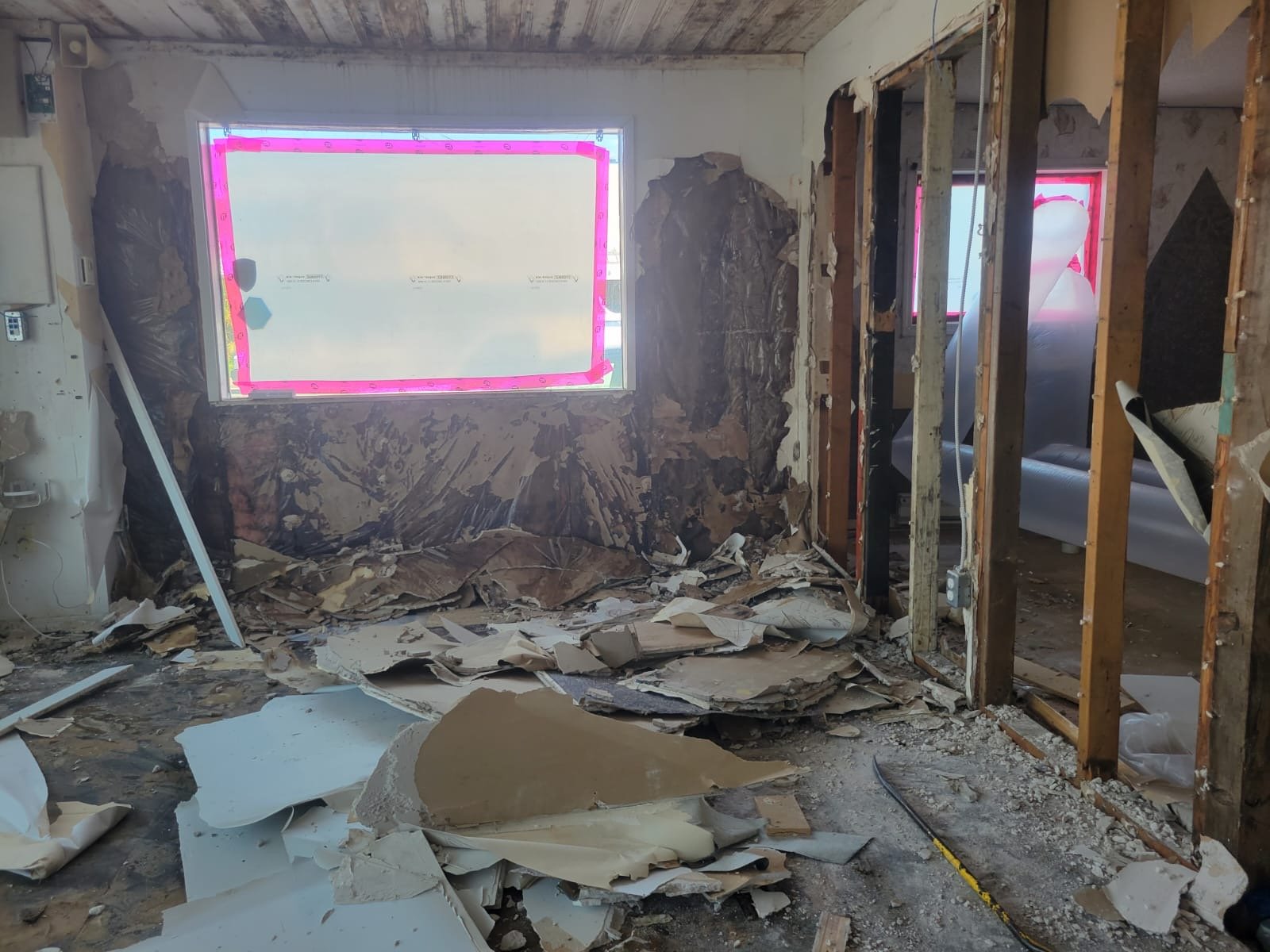Asbestos
Remediation
Services
✔ Asbestos Testing
✔ Asbestos Removal
✔ Hazmat Surveys
What is asbestos and why is it harmful?
Asbestos is a group of naturally occurring fibrous minerals that are extremely resistant to heat and corrosion. There are six different types of asbestos fibres, all of which are composed of long and thin fibrous crystals with the length of the fibre being significantly longer than its width. Asbestos minerals have separable fibres that are strong, flexible and durable making them an excellent stabilizer for binding materials for the use of commercial products.
Because of these properties, prior to 1990 asbestos was commonly used in various types of construction materials primarily for fireproofing, soundproofing and insulation. When disturbed, these friable asbestos containing materials will then release fibres into the atmosphere which can cause a series of potential health risks for anyone who may be exposed. Once asbestos fibres have been released into the air, if breathed in, they will then be trapped in the lungs and can remain there for several years. Some of the most commonly used forms of asbestos containing or cross contaminated materials include; drywall, plaster, stucco, sheet vinyl flooring, tile flooring, HVac duct tape/fibretape, fibreboard and vermiculite. If you suspect that asbestos may be present in your home, do not try to touch or remove it.
Your best course of action is to hire a professional who has the knowledge and experience to effectively remove these hazardous materials in a safe and contained environment. With Hazcare Solutions, this is all easily achievable by using our innovative methods and accredited techniques. We will help safely remove any type of asbestos containing material from your home, keeping you and your loved ones safe.
How we can help
Asbestos Testing
Testing building materials for asbestos is critical to determine not only if they are containing but what type of risk they classify as before any work can begin. This process begins with a visual inspection followed by the collection of samples before taking them to a laboratory for analysis. It is important to hire a qualified professional to accurately assess the presence and condition of any potential asbestos containing materials. This testing is required before any renovation or demolition can begin to ensure the safety of workers and occupants who may be exposed. If asbestos is found, proper removal and disposal must be done with a risk assessment and safe work procedures to prevent the exposure of harmful asbestos fibers.
Asbestos Removal
At Hazcare Solutions, we specialize in the removal and abatement of all types of asbestos containing materials. Once the risk level and type of asbestos containing products have been identified, our team will safely and effectively remove these materials from your home in a safe and controlled environment. This process typically involves sealing off the area, building a containment around the work space and using specialized tools and techniques to remove the materials while wearing standardized personal protective equipment (PPE). It is important to follow local regulations and guidelines when handling and disposing of asbestos containing materials to ensure the safety of any persons who may be involved.
Hazmat Surveys
Is a survey that identifies the presence of any hazardous materials that are found in a house, building or structure. This survey, which is a requirement of WorkSafeBC, is to ensure that their procedures and guidelines are accurately followed before any renovation or demolition begins. This is for the safety of any occupant or worker who may be exposed to the hazards of these materials during the demolition process.
Some examples of the products that are most commonly seen in these surveys may include asbestos, lead, mold, mercury, silica, PCB’s, thermostats, ozone depleting substances, rodent droppings, chemicals and oil tanks.
Once a visual inspection of the property has been completed, a collection of samples that are potentially hazardous are taken to a laboratory for analysis. The results from these findings will be provided in a full report highlighting the hazardous containing materials that are within or around the structure. These results will determine which steps are required for permits, demolition and clearances before the continuation of the project.



